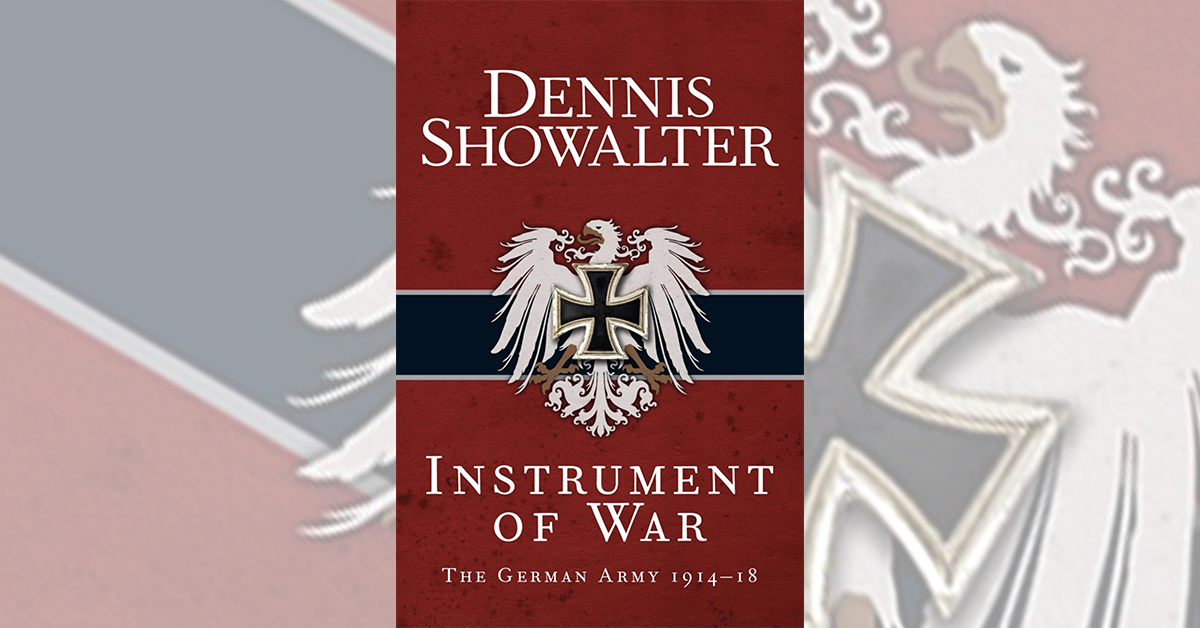Instrument of War: The German Army 1914–18, by Dennis Showalter, Osprey Publishing, New York, N.Y., 2018, $30
Instrument of War is the most incisive volume to date on the German army in World War I, skillfully refuting hidebound myths, while clarifying the insights of recent scholarship.
While prior writers have spoofed the image of the German army as a set of Prussian automatons striding out of propaganda posters, Military History contributor Dennis Showalter emphasizes just how slack this force was in multiple dimensions. While formidable in comparison to its foes at the outset of the war, the Germany army was far from mobile, adequately equipped or even sufficiently trained—“less a parade of warriors,” Showalter observes, “than a state of citizens in uniforms.”
The weakening of the army’s right flank under Helmuth von Moltke the Younger is well known, but the errors of German planning were far more consequential. In addition to a lack of mobile transport, radio and telephone communications were woefully inadequate. Thus even the finest-tuned assault may well have sputtered to a halt.
Failure was inevitable, though under the duress of the subsequent grinding years of combat, the German army transformed itself in ingenious directions. Larger structures of command and control became almost irrelevant, as battalion commanders assumed greater control over their respective sectors. Germany also became aware that its weaponry, not manpower, determined its success on the battlefield—largely because it had no manpower to spare. It therefore reoriented its fronts around zone defenses relying on machine guns and increasingly efficacious artillery placement. Superior allied weaponry and manpower were also nimbly countered; even British and French tanks were effectively blunted with grenades, tungsten core bullets and field guns. German planners—often regarded as spendthrifts, even when flush with ample resources—made remarkably effective use of increasingly meager means as the war dragged on. This had less to do with the authoritarianism of Erich Ludendorff and Paul von Hindenburg and more to do with the considerable flexibility of their frontline units.
A common problem in the German army was the paucity of midlevel talent. But commanders took note of the rare exceptions. Georg Bruchmüller’s masterful artillery direction during the 1917 assault on Riga, for example, led the army brass to imitate his approach with considerable success in Operation Michael the following year.
But while Germany refined its offensive tactics by 1918, its army was no longer prepared or able to carry them out. The army, notes Showalter, was “best understood as a force optimized for defense and counterattack in limited contexts that was suddenly required to shift its focus to offense and exploitation in an operationally open-ended situation.” Though it accomplished one remarkable transformation, taking on another, as history bore out, was beyond its ability.
—Anthony Paletta





